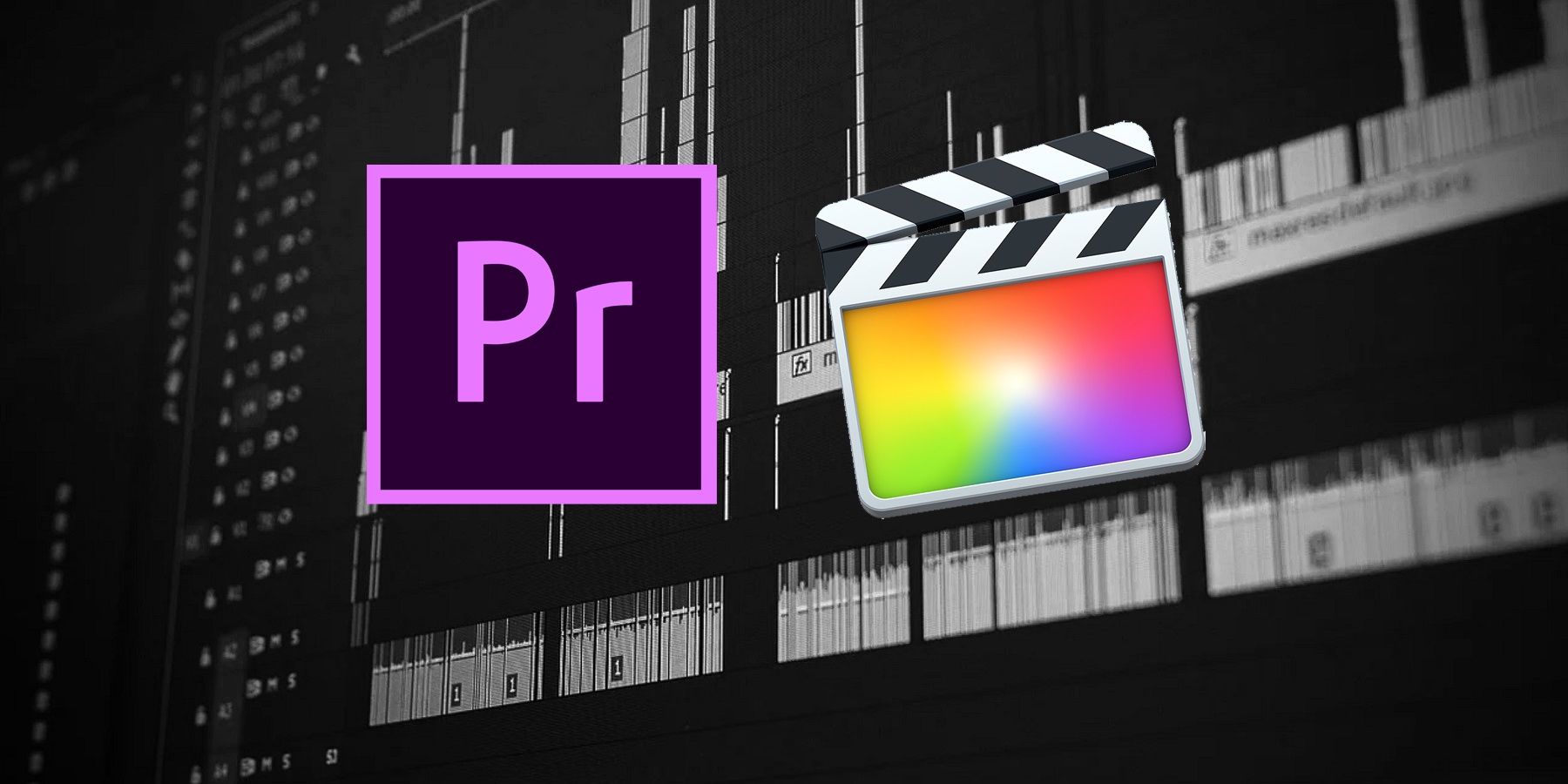Products You May Like
Adobe Premiere Pro and Apple Final Cut Pro X are two popular video editors, but which is the best? Both programs offer a robust selection of editing tools, making them ideal for everyone from budding filmmakers to feature film editors.
In today’s environment, editors require software with access to a lot of tools inside of a video editing program. This means either Premiere Pro or Final Cut Pro X must contain not only basic editing tools and multiple timelines within the editing screen, but access to titles, 3D titling, basic visual effects, and audio editing. Luckily for editors, especially those who may not have tried either program, both Premiere and Final Cut offer a ton of options.
Click the button below to start this article in quick view.
Premiere Pro is Adobe’s master video editing program. It is available either as a free 7-day trial, as an individual download for $20.99 per month, or as part of Adobe’s Creative Suite in which prices can vary from $29.99 to $52.99 per month. Apple’s Final Cut Pro X is the company’s professional video suite. It is available for either a free 90-day trial or for $299.99 from Apple’s website or the App Store. Premiere Pro can be used on either a PC or Mac, while Final Cut Pro X can only be used on a Mac.
How Premiere Pro & Final Cut Pro X Compare
Adobe Premiere Pro features an editing suite that is simple to use, but has a deep set of features for professional editors. Opening the editing suite, editors are greeted by a clean user interface. The Source Monitor shows footage that has been imported for editing. The Timeline shows all of the video and audio tracks, and to left of it is a small selection of tools such as the Razor Tool (for cutting footage directly) and the useful Pen Tool for masking for visual effects. On the upper right corner of Premiere Pro is the Effects panel. This is highly useful for everything from color correction with Lumetri Presets that can provide very professional color looks to a film, to audio effects to enhance or repair a soundtrack or dialogue. One key feature in Premiere Pro is the ability to create visual effects that are very close to those done in Adobe’s After Effects program. Editors can create some cool green screen effects, for example. In addition, Premiere Pro can handle a number of video formats including 8K, 4K, and high definition video. The program also can use third-party plugins for titles and effects, including from providers like Shutterstock.
Apple Final Cut Pro X features a similar interface to Premiere Pro, but Apple’s program has some extra features up its sleeve. The editing suite is easy to use and can utilize almost any modern video format. Once footage is imported into Final Cut Pro X, trimming and editing video and audio is simple with tools such as Trim and Range Selection. Where Final Cut Pro X betters Premiere Pro is its ease of use for 3D titling and visual effects. The program already has some excellent 3D titling built into it. To create a fast and textually dynamic title takes only a few seconds to render a professional 3D title. The other cool factor with this program is the ability to use third-party titling and effects plugins for very little money. Using a program such as Pixel Film Studios’ templates make for easy effects and titling overlays within seconds.
Between Adobe’s Premiere Pro and Apple’s Final Cut Pro X software, Final Cut Pro X edges slightly ahead due to its ease of use and quick rendering of video and effects footage. The other advantage of Apple’s solution is price and not having to invest in a monthly subscription payment, as is necessary with Premiere Pro.
